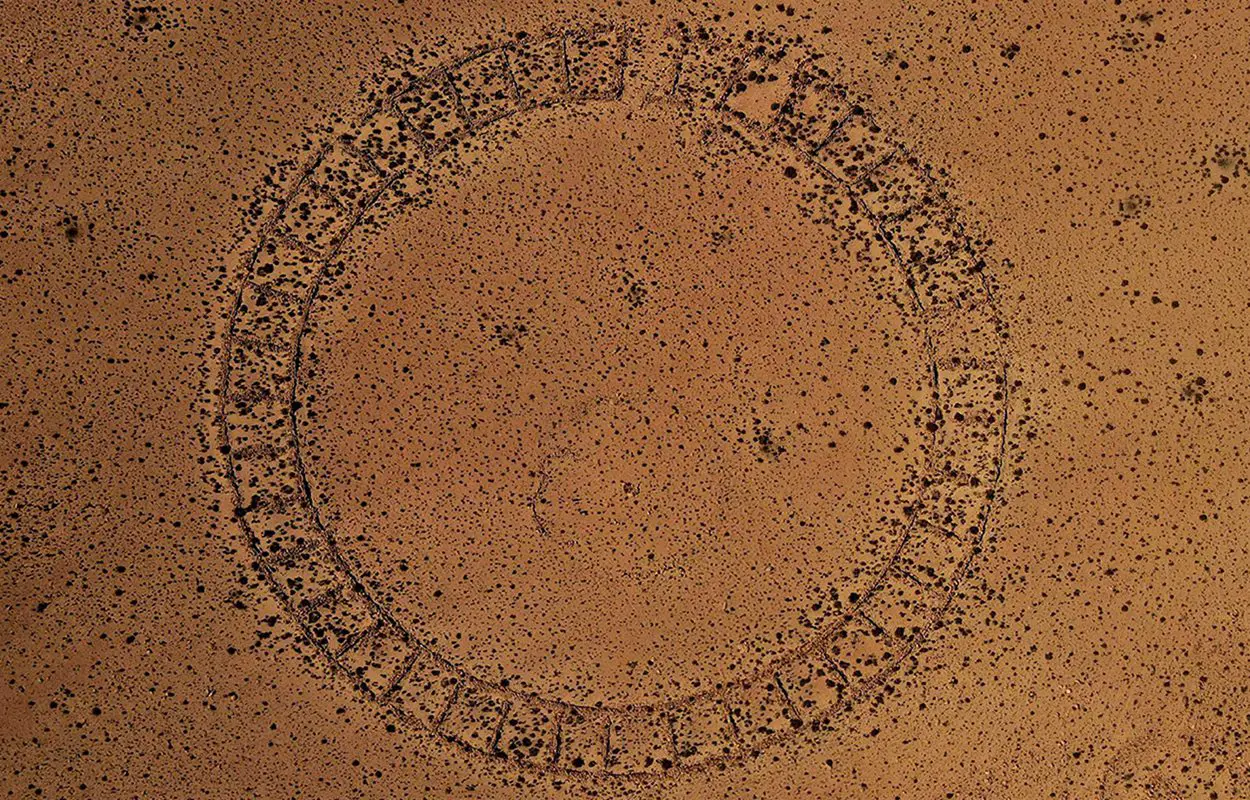Archaeologists conducting a study in the Carangas region of highland Bolivia have discovered a ritual landscape connected with the Andean cults of wak’a (sacred mountains, tutelary hills, and mummified ancestors).
In a study published in the journal Antiquity, the researchers identified 135 hilltop sites, which are associated with agricultural production areas by a variable number of concentric walls on terraces.
At each location, the team found large quantities of pre-Hispanic ceramic fragments from local styles typical of the Late Intermediate and Late Periods (AD 1250–1600), along with some regional styles linked to the southern expansion of the Incas.
Most of the ceramic fragments are bowls, plates and small jars, indicating their use in commensal and ritual practices. The evidence suggests that the sites were used as ceremonial spaces known as wak’a, a practice which emerged during Late Intermediate Period.
This corresponds with accounts by Spanish clerics and chroniclers of the Colonial Period from around AD 1535–1800, such as that of the chronicler, Guaman Poma de Ayala.
At Waskiri, near the Lauca River and the Bolivian-Chilean border, the study discovered a large circular construction measuring 140m in diameter.
The site has a perimeter ring comprising of 39 adjoining enclosures, each with a surface area between 106 and 144m2. These enclose a plaza of approximately 1ha, which is scattered with abundant ceramic fragments ascribed to the Late Intermediate and Late Periods.
Archaeologists theorise that the perimeter walls may reflect the Incan ceque system, suggesting that the Incas replicated the symbolic structure of Cuzco in the regions they colonised.
The site is visually and spatially associated with the principal sacred mountains, multiple walled circular constructions, and burial towers adorned with patterns imitating Incan fabrics.
It is possible, that this structure was first referenced in the chronicles of the priest, Bartolomé Álvarez, who travelled through the Carangas region during the 1580s.
Álvarez heard of the existence of a “large circular building”, in which the Indigenous leaders of the region (curacas and caciques), met to perform ceremonies for the Sun during the month of June—the Inti Raymi.
According to the paper authors: “This ceremonial centre and the ritual landscape in which Waskiri is situated provides rich material for further study of the pre-Hispanic history of this part of the Andes—an area that has been generally understudied. Further research will allow investigators to test these initial hypotheses and interpretations.”
https://doi.org/10.15184/aqy.2023.44
Header Image Credit : Antiquity





